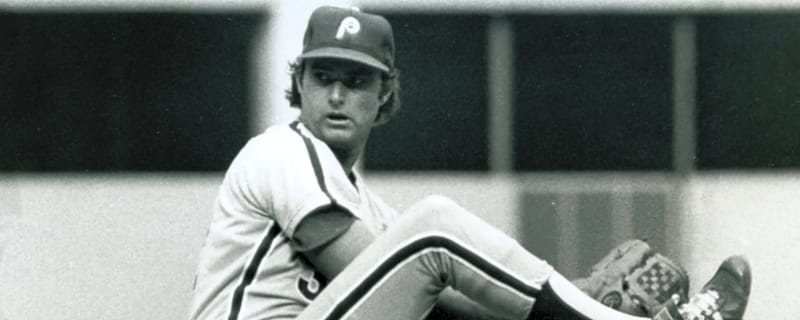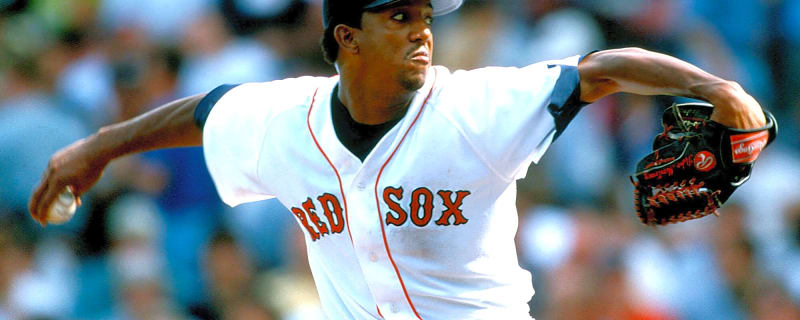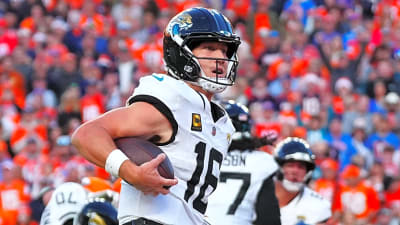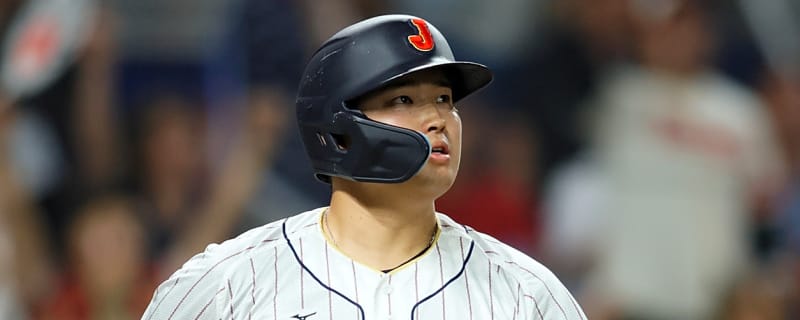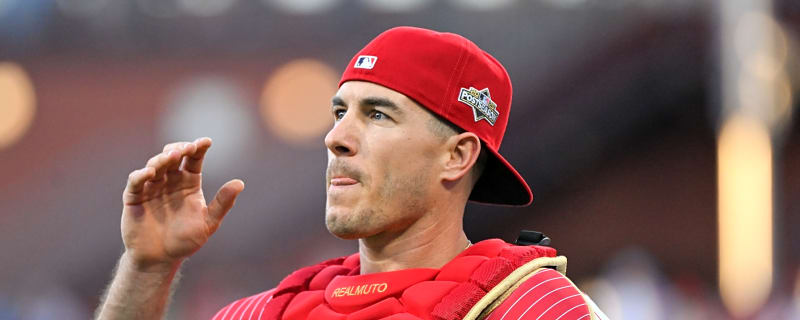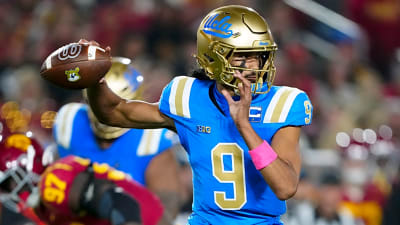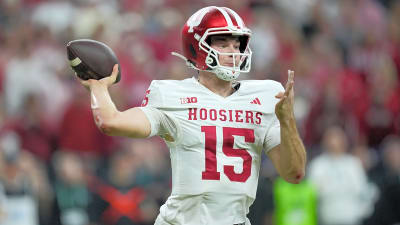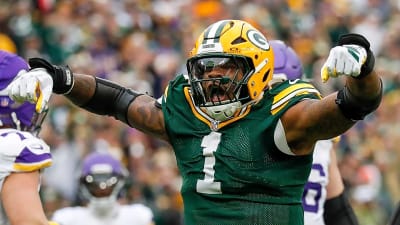- Home
- Quizzes
- My Quiz Activity
- Newsletters
- MY FAVORITES
- Add Sports/Teams
- SPORTS
-
NFL
- NFL Home
- Arizona Cardinals
- Atlanta Falcons
- Baltimore Ravens
- Buffalo Bills
- Carolina Panthers
- Chicago Bears
- Cincinnati Bengals
- Cleveland Browns
- Dallas Cowboys
- Denver Broncos
- Detroit Lions
- Green Bay Packers
- Houston Texans
- Indianapolis Colts
- Jacksonville Jaguars
- Kansas City Chiefs
- Las Vegas Raiders
- Los Angeles Chargers
- Los Angeles Rams
- Miami Dolphins
- Minnesota Vikings
- New England Patriots
- New Orleans Saints
- New York Jets
- New York Giants
- Philadelphia Eagles
- Pittsburgh Steelers
- San Francisco 49ers
- Seattle Seahawks
- Tampa Bay Buccaneers
- Tennessee Titans
- Washington Commanders
-
MLB
- MLB Home
- Athletics
- Arizona Diamondbacks
- Atlanta Braves
- Baltimore Orioles
- Boston Red Sox
- Chicago White Sox
- Chicago Cubs
- Cincinnati Reds
- Cleveland Guardians
- Colorado Rockies
- Detroit Tigers
- Houston Astros
- Kansas City Royals
- Los Angeles Angels
- Los Angeles Dodgers
- Miami Marlins
- Milwaukee Brewers
- Minnesota Twins
- New York Yankees
- New York Mets
- Philadelphia Phillies
- Pittsburgh Pirates
- San Diego Padres
- San Francisco Giants
- Seattle Mariners
- St. Louis Cardinals
- Tampa Bay Rays
- Texas Rangers
- Toronto Blue Jays
- Washington Nationals
-
NBA
- NBA Home
- Atlanta Hawks
- Boston Celtics
- Brooklyn Nets
- Charlotte Hornets
- Chicago Bulls
- Cleveland Cavaliers
- Dallas Mavericks
- Denver Nuggets
- Detroit Pistons
- Golden State Warriors
- Houston Rockets
- Indiana Pacers
- Los Angeles Clippers
- Los Angeles Lakers
- Memphis Grizzlies
- Miami Heat
- Milwaukee Bucks
- Minnesota Timberwolves
- New Orleans Pelicans
- New York Knicks
- Oklahoma City Thunder
- Orlando Magic
- Philadelphia 76ers
- Phoenix Suns
- Portland Trail Blazers
- Sacramento Kings
- San Antonio Spurs
- Toronto Raptors
- Utah Jazz
- Washington Wizards
-
NHL
- NHL Home
- Anaheim Ducks
- Boston Bruins
- Buffalo Sabres
- Calgary Flames
- Carolina Hurricanes
- Chicago Blackhawks
- Colorado Avalanche
- Columbus Blue Jackets
- Dallas Stars
- Detroit Red Wings
- Edmonton Oilers
- Florida Panthers
- Los Angeles Kings
- Minnesota Wild
- Montreal Canadiens
- Nashville Predators
- New Jersey Devils
- New York Islanders
- New York Rangers
- Ottawa Senators
- Philadelphia Flyers
- Pittsburgh Penguins
- San Jose Sharks
- Seattle Kraken
- St. Louis Blues
- Tampa Bay Lightning
- Toronto Maple Leafs
- Utah Mammoth
- Vancouver Canucks
- Vegas Golden Knights
- Washington Capitals
- Winnipeg Jets
- NCAAF
- NCAAM
- Olympics
- Boxing
- Entertainment
- Lifestyle
- Golf
- MMA
- Soccer
- Tennis
- Wrestling
- Sports Betting
- More Sports
- RESOURCES
- My Account
- YB on Facebook
- YB on Twitter
- YB on Flipboard
- Contact Us
- Privacy Policy
- Terms of Service
LF Tyler Soderstrom agrees to record contract extension with Athletics
Soderstrom is now the third player on the Athletics roster to receive a contract extension.
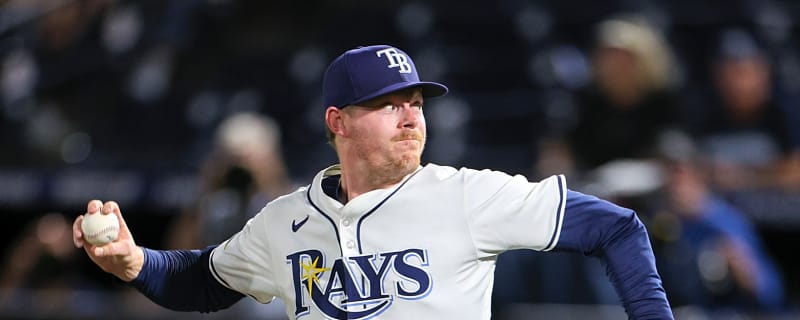
Marlins show willingness to spend by adding RP Pete Fairbanks
The Marlins have made a significant addition.

Marlins plug understated hole with Pete Fairbanks addition
The ninth inning was a revolving door for the Miami Marlins in 2025. That should not be the case during the upcoming season.
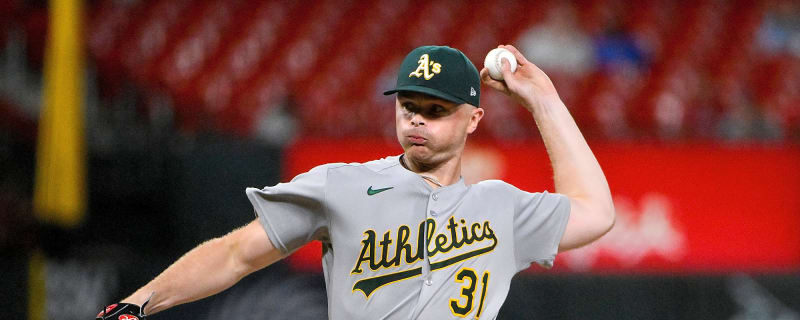
Veteran lefty Sean Newcomb to sign with White Sox, 'will at least get the chance to start'
The White Sox announced that they’re in agreement with left-hander Sean Newcomb on a one-year deal that guarantees the southpaw $4.5MM.

The 'Active MLB home run leaders' quiz
How many of the most prolific power hitters in baseball today can you name in 5 minutes?
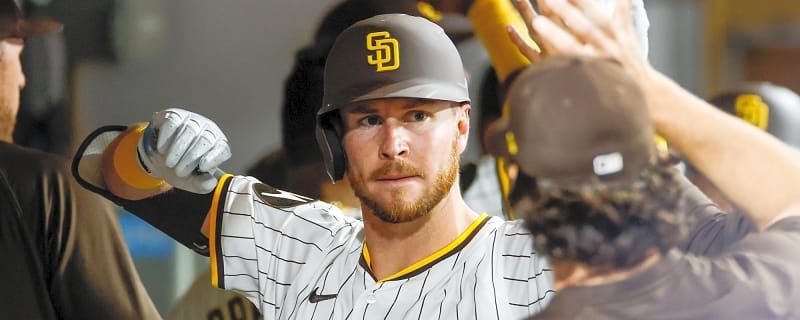
Pirates land All-Star slugger they've been looking for in Ryan O’Hearn
The Pirates have not had a winning season in nearly a decade and are trying to change that this offseason.
25 MLB players on the brink of stardom in 2026
The stars were out in full force during the 2025 World Series. From Max Scherzer in Toronto to Freddie Freeman, Mookie Betts, and of course, Shohei Ohtani, in Los Angeles, there was no shortage of the game's best under the brightest lights.
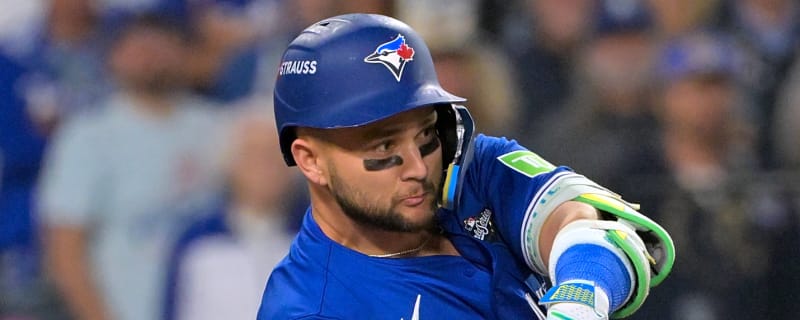
Mets' pursuit of Bo Bichette and Alex Bregman faces one major obstacle
The Mets' offseason has tested the fans' patience and belief in president of baseball operations David Stearns.
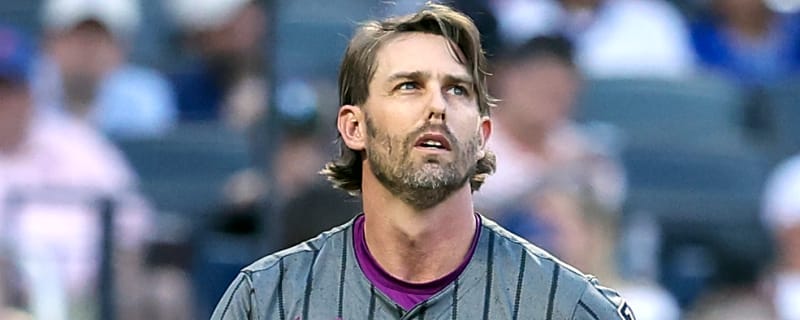
Athletics add another piece to impressive lineup with Jeff McNeil acquisition
The Athletics have quietly built an impressive lineup in Sacramento. They added another interesting piece to the puzzle on Monday.

Mets' roster moves may have common thread
These moves have a common theme aside from the Mets saving money.

Red Sox still looking to bring back important free agent Alex Bregman
The Boston Red Sox fortified their roster by acquiring first baseman Willson Contreras on Sunday. That does not mean that they are out on one of their own free agents.
The 'Multiple Cy Young Award winners' quiz
In MLB history, 23 pitchers have won more than one Cy Young Award. How many can you name in five minutes?
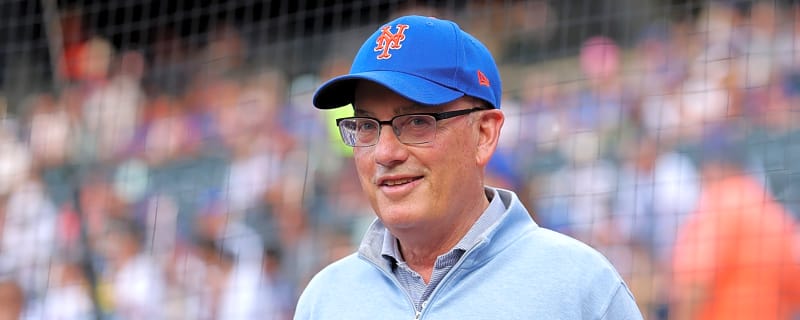
Three big-market MLB teams that are failing their fan bases
With Christmas just days away, several MLB teams have been hard at work, giving their fans stocking stuffers that will have them decking the halls past New Year’s.
The 25 greatest pitching seasons from the modern MLB era
America's favorite pastime has more memorable performances than any sport. As such, figuring out which pitchers had the best seasons ever is no easy task.

Red Sox acquire Willson Contreras in trade with Cardinals
The Boston Red Sox were looking to fill their hole at first base. Their second trade of the offseason with the St. Louis Cardinals has provided an answer.

Munetaka Murakami gambling on himself with White Sox deal
Murakami had been one of the best power hitters in Nippon Professional Baseball during his time with the Yakult Swallows.
White Sox win sweepstakes for Japanese slugger Munetaka Murakami
At 25, Murakami joins the White Sox at the best time, as they're entering the third year of their rebuild and have one of the best young position player cores.

White Sox emerge as surprise team in sweepstakes for one Japanese player
Could the White Sox make a splash this offseason?
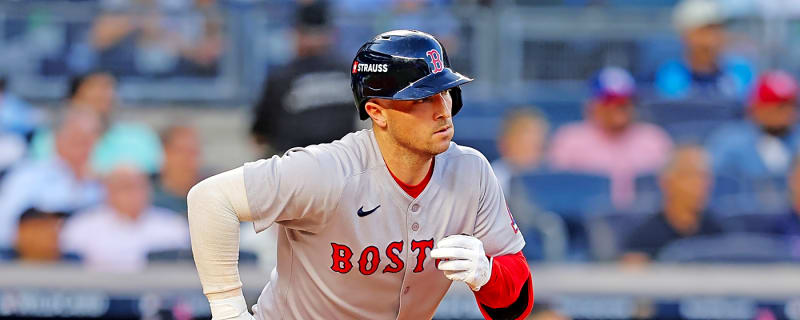
Alex Bregman could stay in the AL East, but not with the Red Sox
The Boston Red Sox can't afford to lose Alex Bregman right now, much less to a divisional rival. However, that's a realistic possibility.

Why trading Jazz Chisholm Jr. would make zero sense for the Yankees
This is why moving the middle infielder would be unbelievably detrimental for the Bombers.
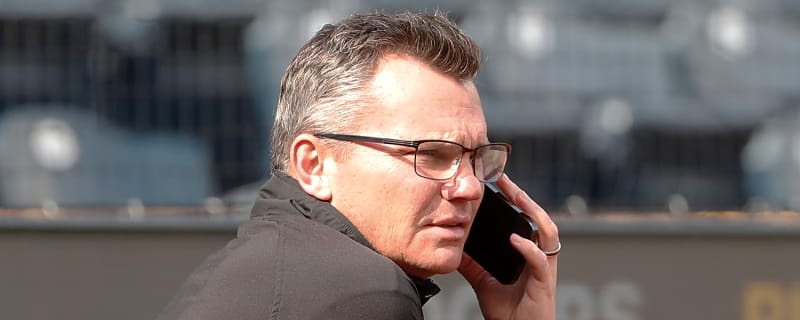
Pirates looking to make another significant addition
The Pittsburgh Pirates have made their lineup a priority this offseason.

Tampa Bay Rays get king's ransom in Brandon Lowe, Shane Baz trades
The Tampa Bay Rays were busy on Friday.

Los Angeles Dodgers' latest World Series championship comes with staggering luxury-tax bill, nearly doubles next-highest team
The Dodgers won another World Series title, but it came with a steep cost.
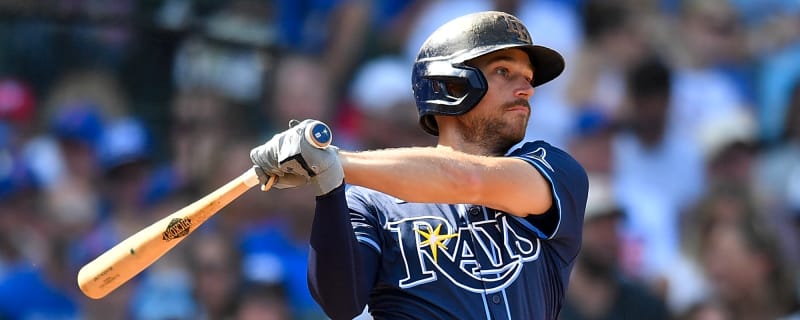
Pirates need to continue improving even after adding Brandon Lowe
The Pittsburgh Pirates struck out in their pursuit of free agent Kyle Schwarber to add a big bat to their lineup. They did not strike out on Friday in the trade market.

Latest Cody Bellinger contract update should delight Yankees
Cody Bellinger may not be as expensive as we feared.

The Orioles acquire the starter they need from the Rays in what could be an overpay
Not often in Major League Baseball do division rivals come together for a trade, but it does happen. As the offseason turns, one of those rivalry trades
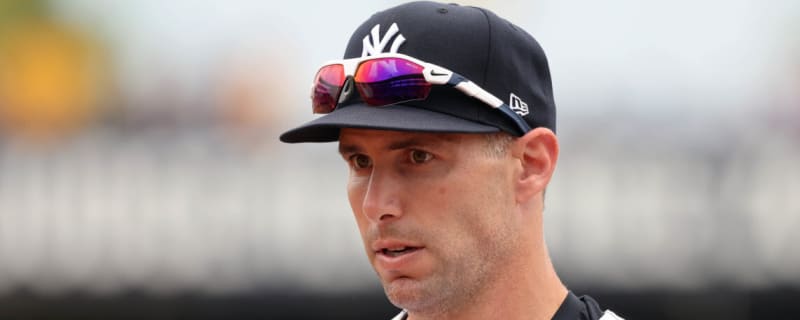
Yankees announce replacement for Paul Goldschmidt on Friday
First base will have a new look with veteran Paul Goldschmidt now a free agent after spending one year in the Bronx.
Breaking News
Trending News
My Favorites
Customize Your Newsletter
 +
+
Get the latest news and rumors, customized to your favorite sports and teams. Emailed daily. Always free!
PRIVACY POLICY EDITORIAL POLICY CONTACT US
ABOUT YARDBARKER TERMS OF SERVICE
Use of this website (including any and all parts and
components) constitutes your acceptance of these
Terms of Service and Privacy Policy.
This site is for entertainment purposes only.
There is no gambling offered on this site.
Gambling Problem? Call 1-800-Gambler.

 Free Newsletters
Free Newsletters
